#gyroporus cyanescens
Text



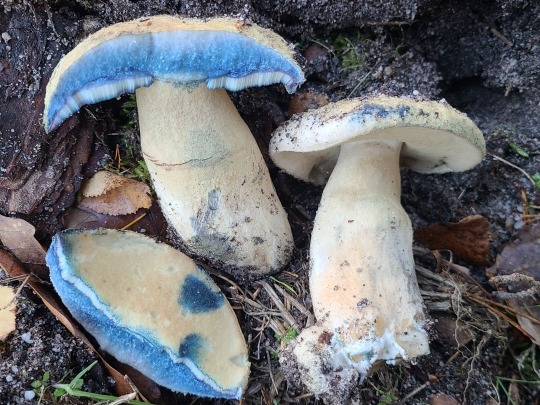



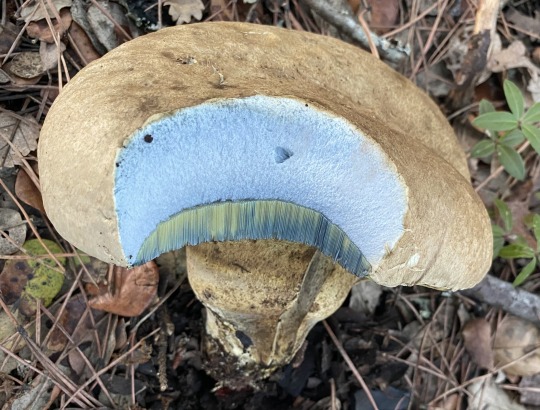

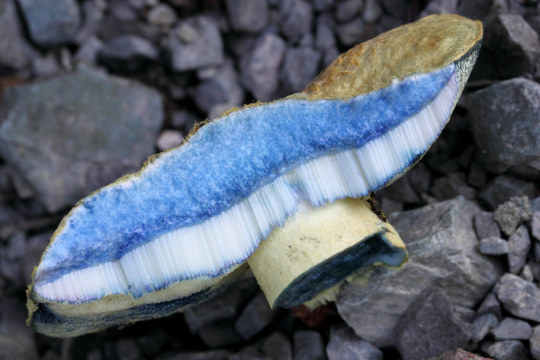
gyroporus cyanescens (cornflower bolete)
#mushrooms#mushroom#fungus#fungi#bolete#cornflower blue#cornflower#cornflower bolete#gyroporus cyanescens#pictures#images#foraging#forage#edible mushroom#foragecore#nature#naturecore#staining bolete#blue#pretty#outdoors#magical
15K notes
·
View notes
Text
FOTD #066 : cornflower bolete! (gyroporus cyanescens)
the cornflower bolete (AKA bluing bolete) is a species of bolete fungus in the family gyroporaceae. it is found in asia, australia, europe, & eastern north america. most often, this bolete grows on the ground in coniferous & mixed forests :-)
the big question : can i bite it??yes !! it is choice. there are many online tutorials on how to cook it, too.

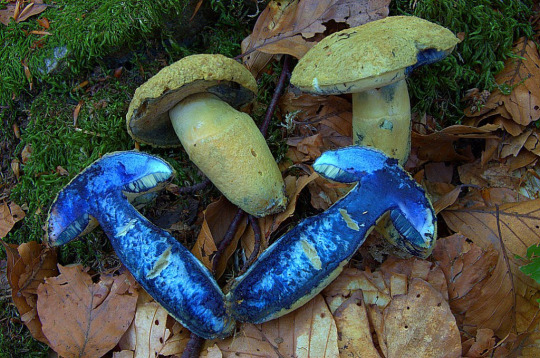
g. cyanescens description :
"the yellowish to buff cap surface is fibrous & roughened, & reaches up to 12 cm (4.7 in) in diameter. the thick stem, roughly the same colour as the cap or lighter, is hollowed out into chambers. all parts of the mushroom turn an intense blue colour within a few moments of bruising or cutting."
[images : source & source]
[fungus description : source]
#• fungus of the day !! •#[gyroporus cyanescens]#: cornflower bolete :#: bluing bolete :#066#||#fungus#fungi#mycology#mushroom#mushrooms#earth#foraging#forestcore#nature#cottagecore#gyroporus cyanescens#cornflower bolete#bolete#bluing bolete#fotd#fungus of the day
93 notes
·
View notes
Text
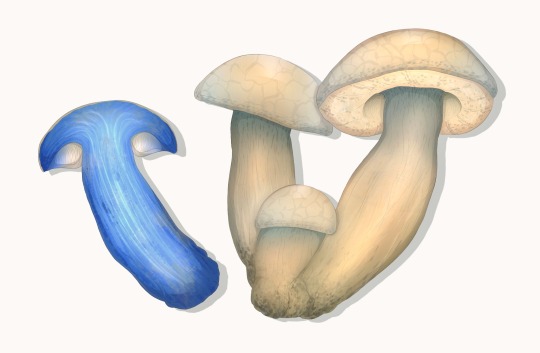
Cornflower Bolete / Gyroporus cyanescens
Gyroporus cyanescens, commonly known as the bluing bolete or the cornflower bolete, is a species of bolete fungus in the family gyroporaceae. When sliced in half, a compound called gyrocyanin reacts to the air, causing the mushroom to turn blue during oxidation. Found in Asia, Australia, Europe, and eastern North America, it grows in primarily mixed or coniferous forests. It is considered a good edible.
funguary is hosted by @feefal / click for better quality
#my art#Funguary#gyroporus cyanescens#cornflower bolete#bluing bolete#boletes#mushrooms#mycology#fungus#mushroom art#illustration#goblincore
60 notes
·
View notes
Text

#bad picture i know :(#had to move on quickly#identified#<- blue staining bolete#(Gyroporus cyanescens)#mushroom#mushrooms#mycology#mushroom picture
0 notes
Text
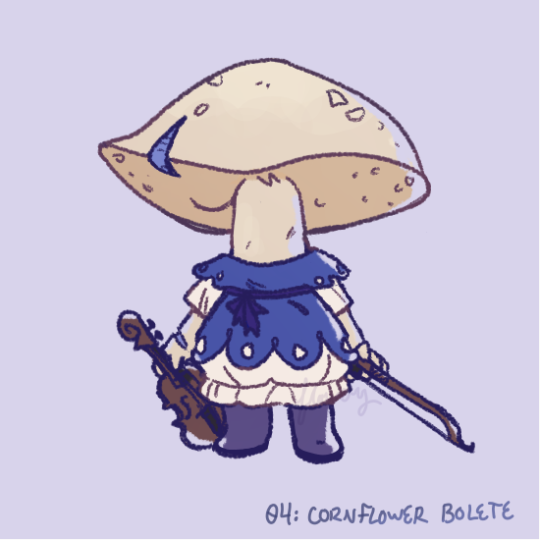
funguary day four: cornflower bolete / gyroporus cyanescens
130 notes
·
View notes
Photo

Today’s #funguary faerie is Gyroporus cyanescens or Cornflower Bolete 💙 #fungi #fungifaerie #fungifaeries #faerie #fae #gyroporuscyanescens #cornflowerbolete https://www.instagram.com/p/CoPtfO_unMj/?igshid=NGJjMDIxMWI=
65 notes
·
View notes
Text

"Entoloma hochstetteri ; Gyroporus cyanescens"
I had to rush it a little bit due time.
24 notes
·
View notes
Text

Funguary Week 1: Weird
Cornflower Bolete - Gyroporus cyanescens
Such a pretty shade of blue~
#Funguary#funguary 2023#toad’s notes#traditional art#cornflower bolete#mushrooms#fungus#tw amputation#tw harm#Dang I now want to torture it more
11 notes
·
View notes
Text
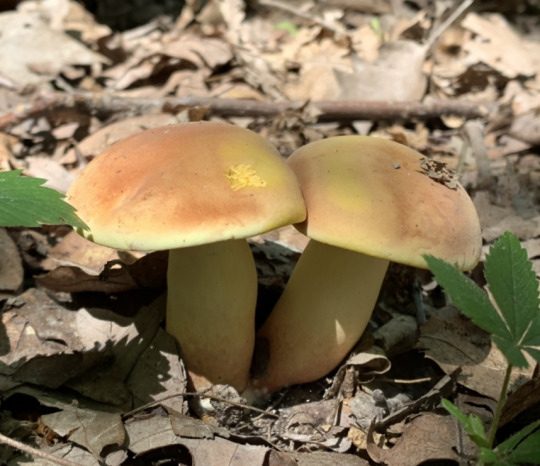

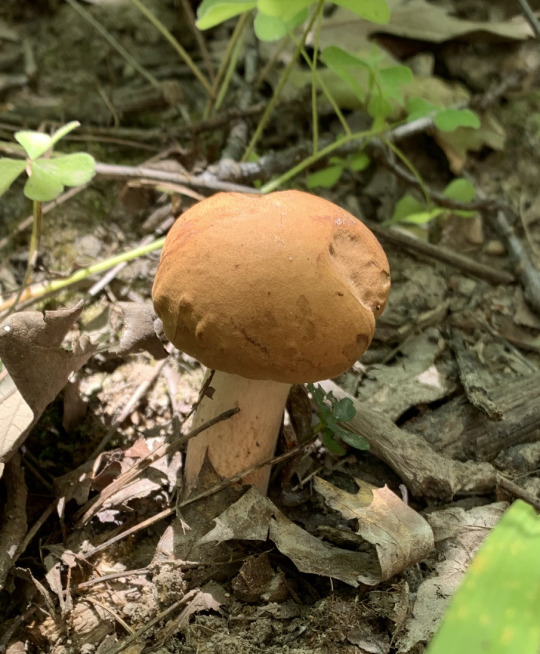
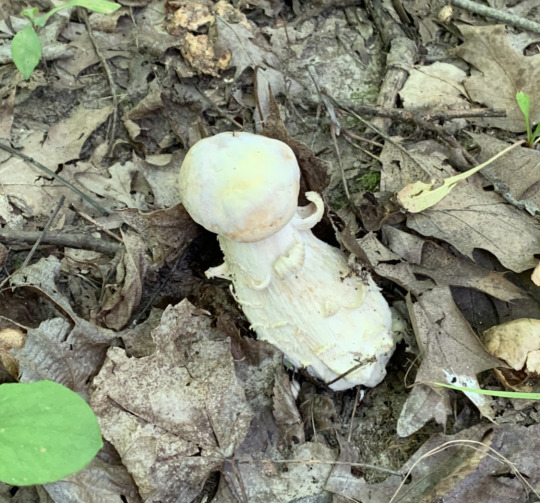

bolete city
Boletus pseudosensibilis (?) - Gyroporus cyanescens (cornflower bolete) - Boletus Edulis (porcini) - dead mushie! - Unknown
#foraging#mushroom hunting#mycology#we weren't finding anything until we went to higher ground :)#that's where the boletes hang out#apparently#and some deadly amanita lol
4 notes
·
View notes
Text
#1659 & 1660 - Gyroporus aff. cyanescens & Hypomyces chrysospermus - Variable Gyroporus & Bolete Eater
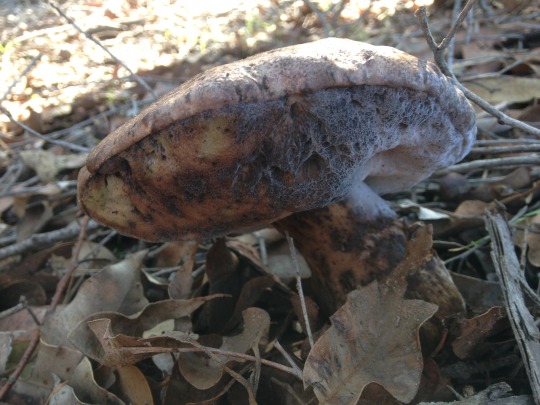

Another fungus from up at Dwellingup - in fact, two fungi. It’s a large bolete being parasitised by a ascomycete.
Gyroporus is a small genus of bolete, with brittle stems with hollow cavities in the mature stem, and yellow spores. The colour they change when cut is an important diagnostic feature when IDing them. In G. cyanescens, the flesh turns blue when cut, but in this one it turns a deep violet, so it’s almost certainly not the same species despite being nearly identical in other respects. The real G. canescens is found in Eurasia, the eastern US, and apparently here in Australia too, but it’s entirely likely that many of the latter are imposters.
This one was growing under a tree next to pasture, in shallow leaf litter, but it’s also found in sandy and grassy areas.
The Bolete Eater, on the other hand, is found in North America, eastern China, and Europe, where it is common, and here in southwest of Western Australia. A slightly odd distribution, and may indicate that it was introduced by people, but it’s far from the only species of fungus that widely scattered.
The fungus spreads out over the pores of the infected bolete, and eventually the rest of the mushroom, forming a continous white crust that turns yellow and then reddish brown as it matures.
Other fungi in the same genus target other kinds of mushroom - H. lactifluorum, the Lobster Mushroom, for example, attacks gilled mushrooms in the family Russulaceae. Fungi thus infected turn the orange-red of a cooked lobster, and actually do have a seafood-like flavour. Eating them is still potentially unwise, since the host fungus could easily be poisonous in its own right. Hypomyces chrysospermus, on the other hand, is flat-out inedible, and may be actively poisonous.
6 notes
·
View notes